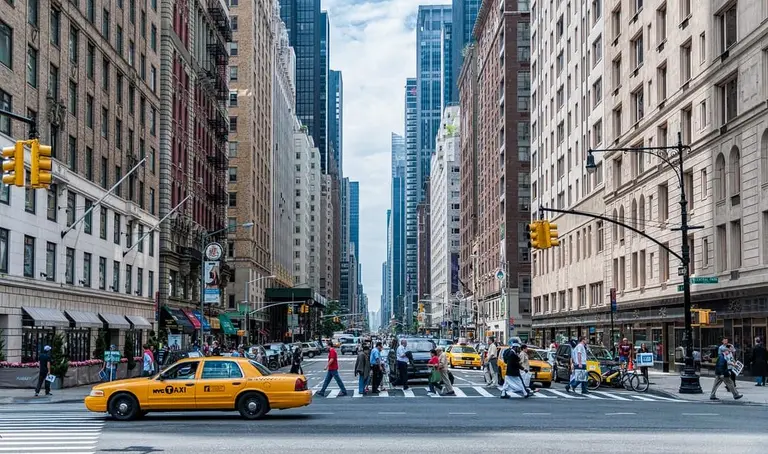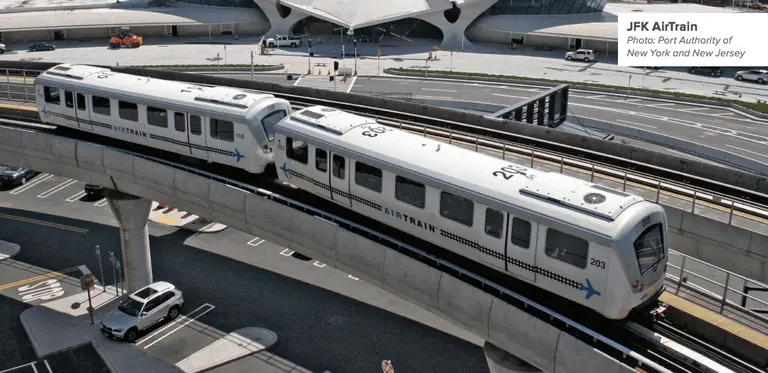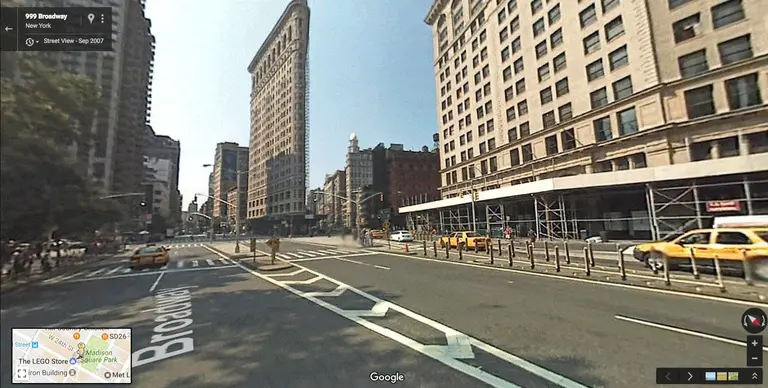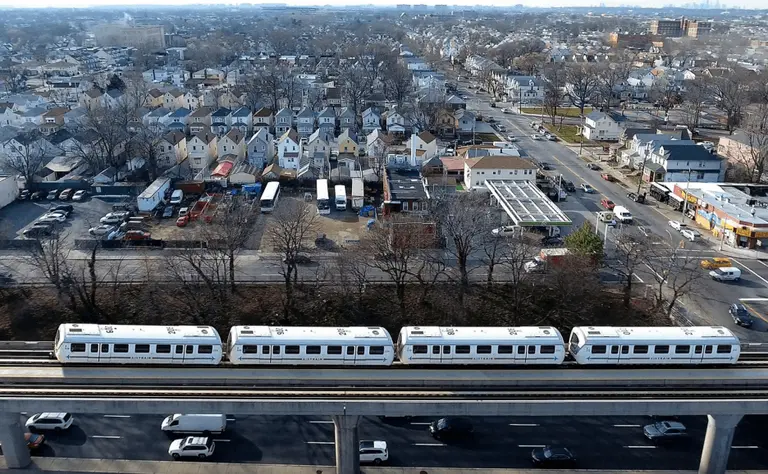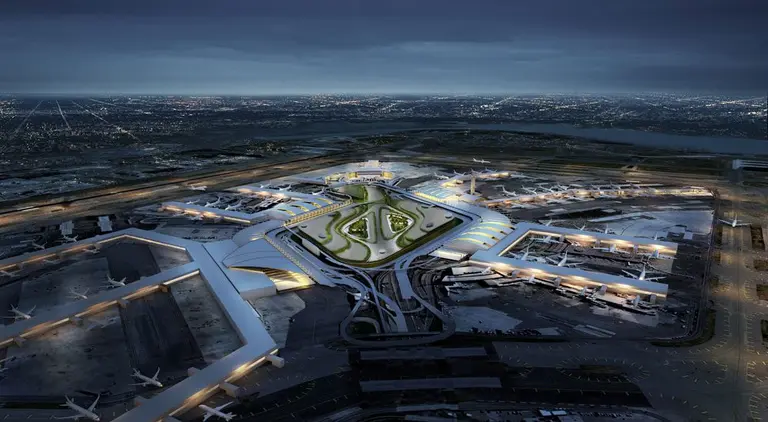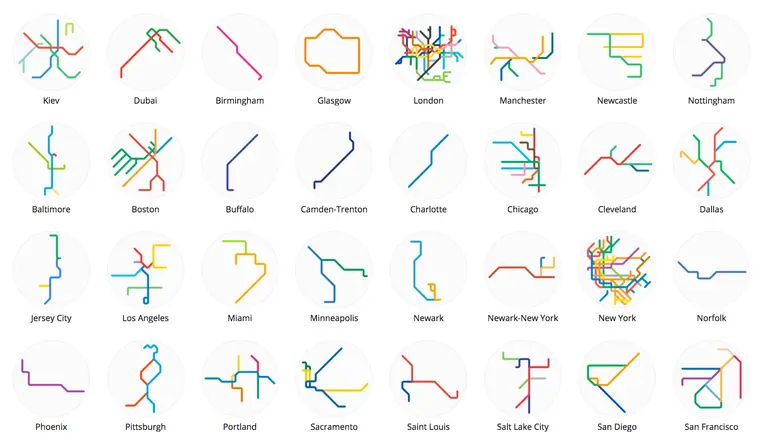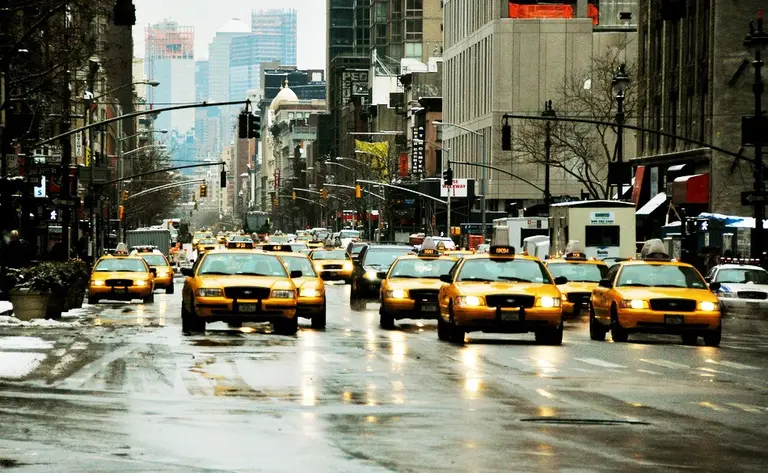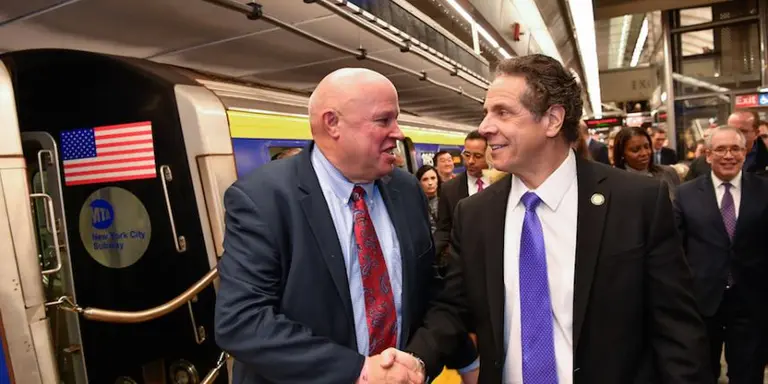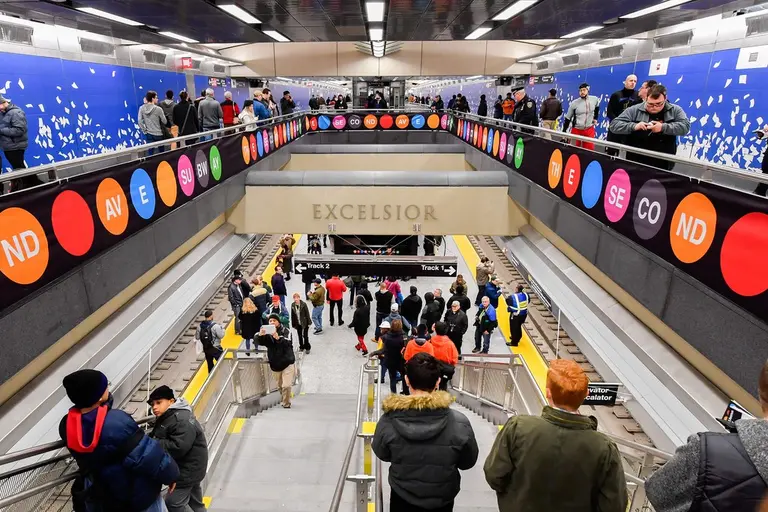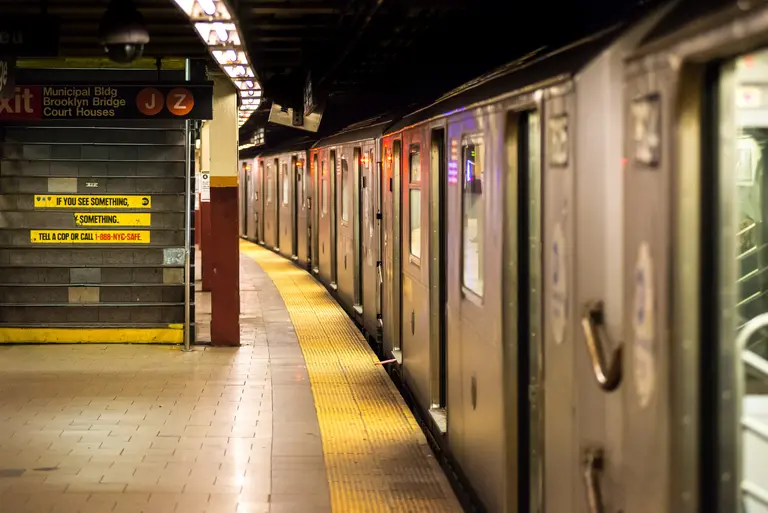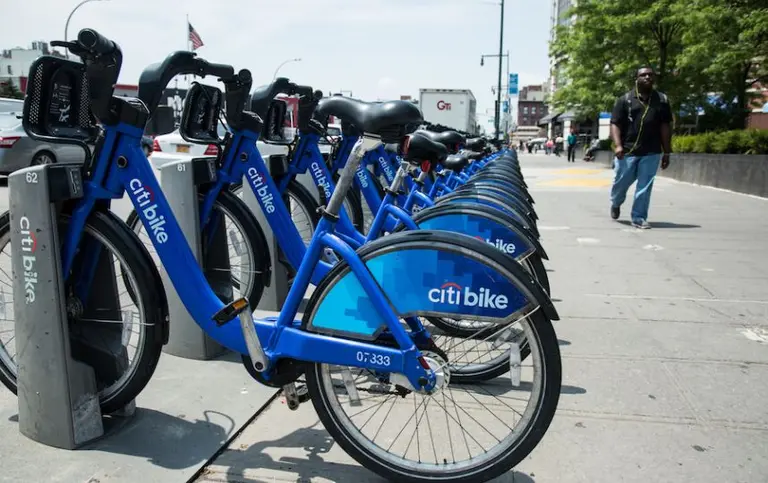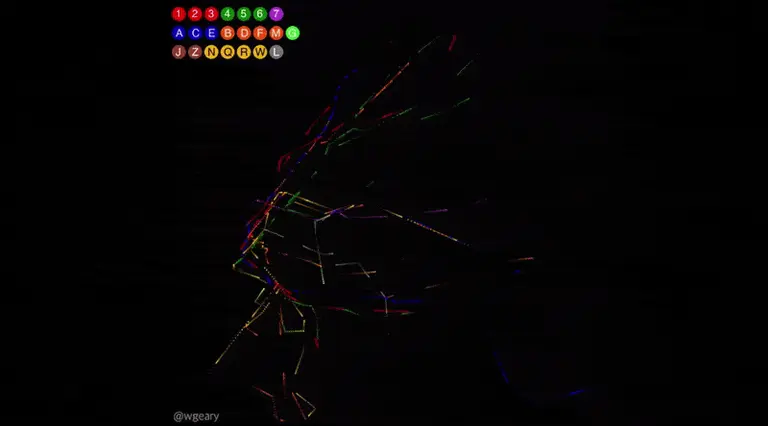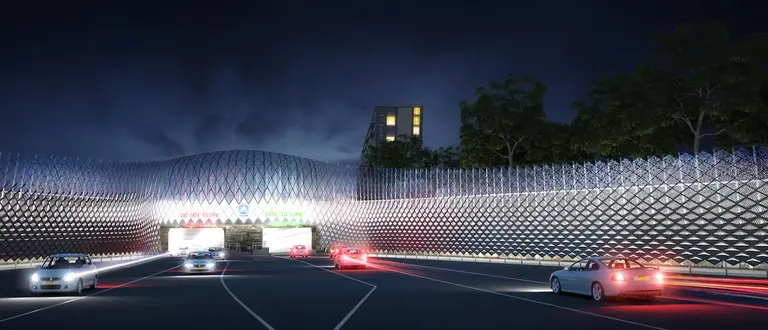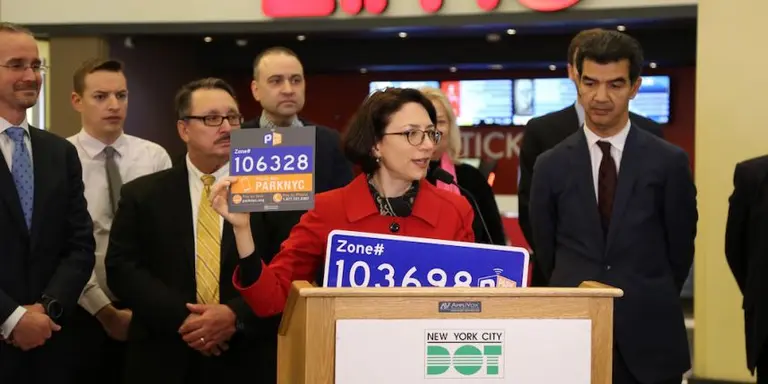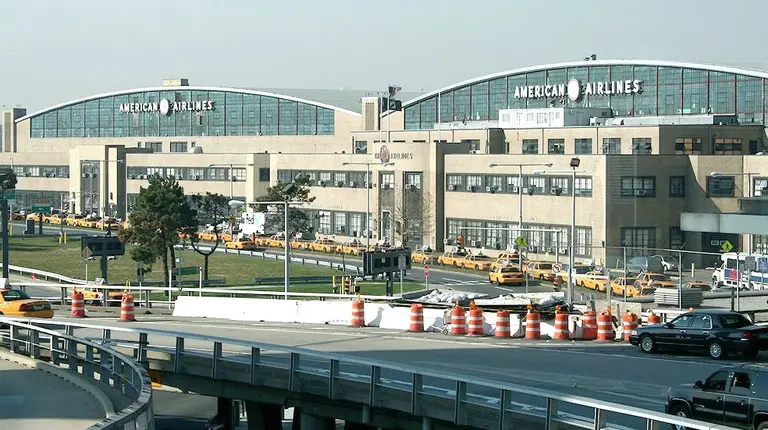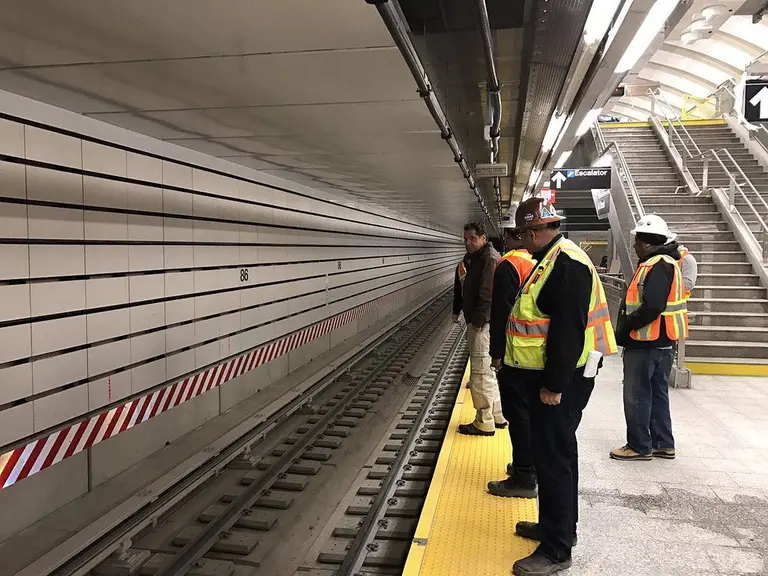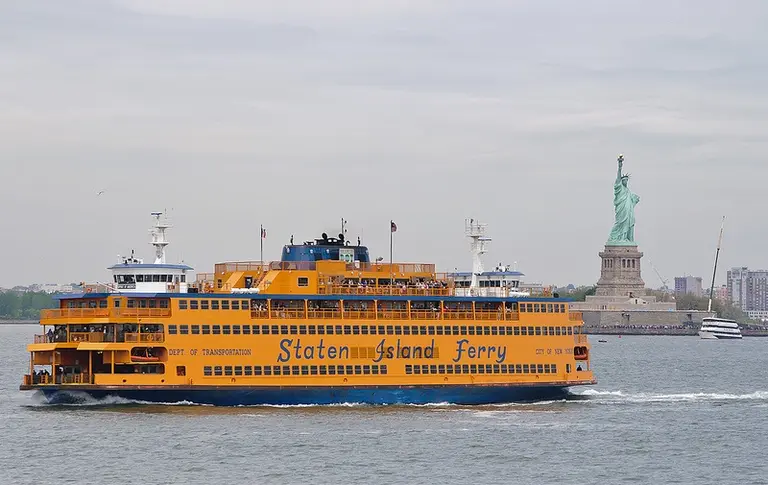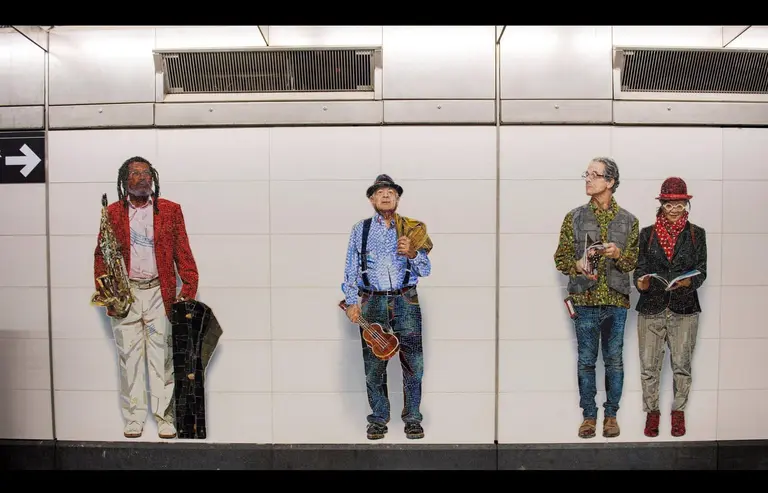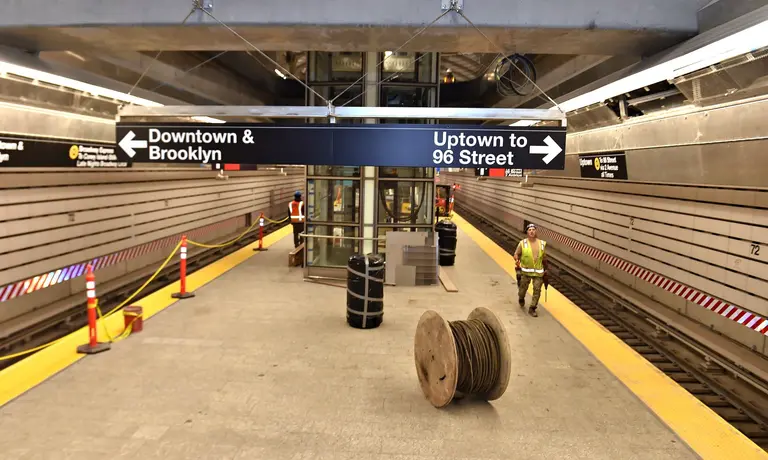December 19, 2016
Recent weeks have brought conflicting reports of whether or not the Second Avenue Subway would meets its December 31st deadline, but Governor Cuomo has announced that the public will be able to swipe their cards on the new line as of January 1, 2017! The stations will be officially open for business on New Years Eve, at which time the Governor will host a group of dignitaries to celebrate the nearly 100 years-in-the-making project. As the Daily News reports, this also means that there will be no partial opening as previous accounts speculated, and all stations (96th, 86th, and 72nd Streets, along with the transfer point at 63rd Street), entrances, and elevators will be ready to go. "We believe in the team, and that’s why we’re saying we’re going to open Jan. 1. It’s a leap of faith, but I’m willing to take that leap of faith," said Cuomo.
More details ahead
